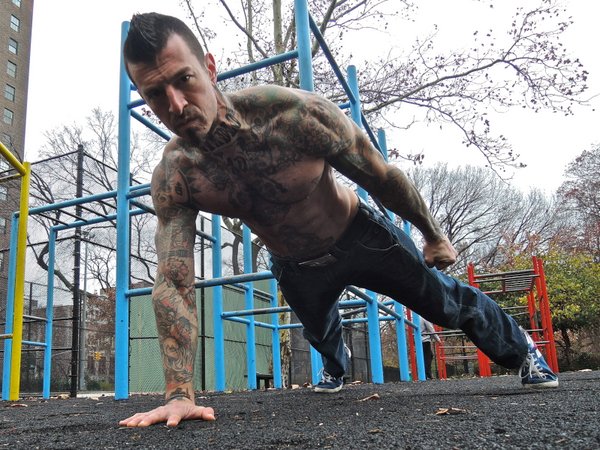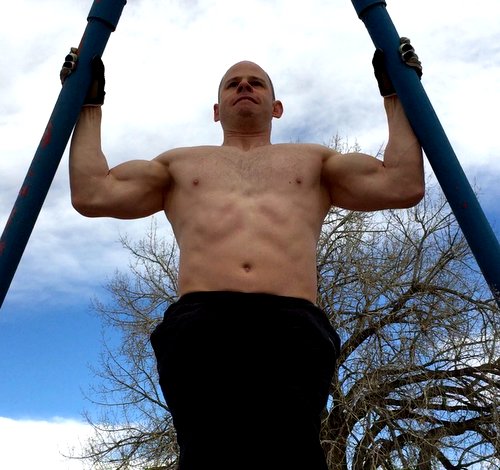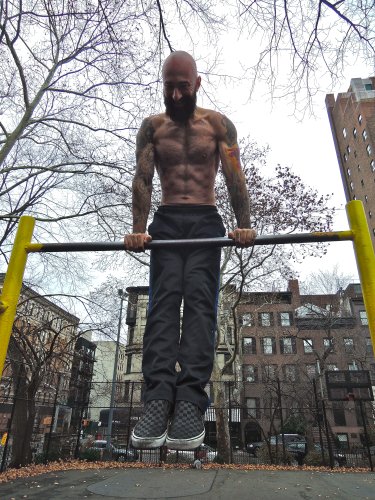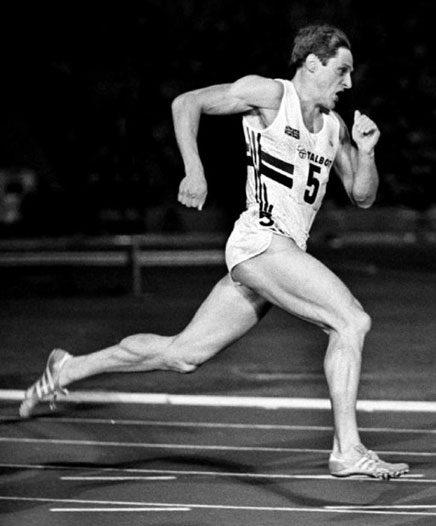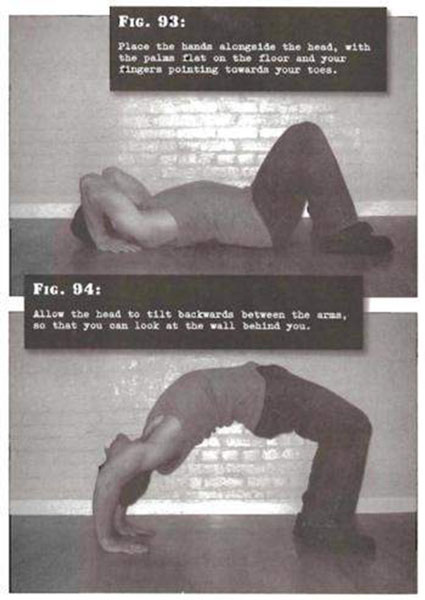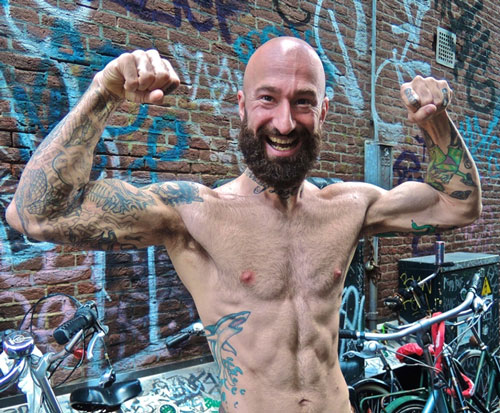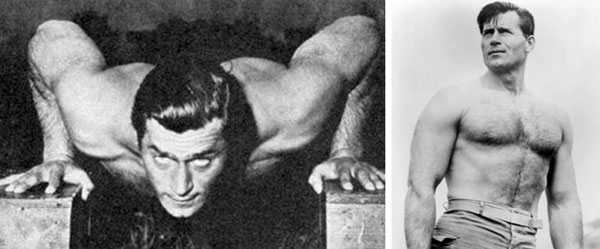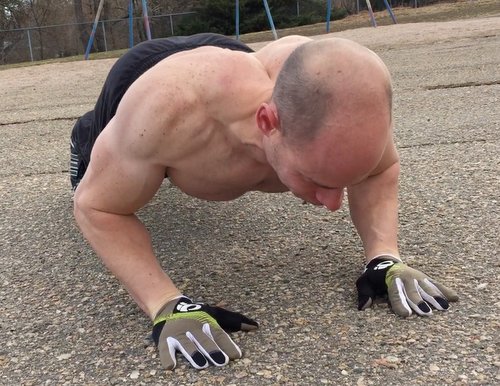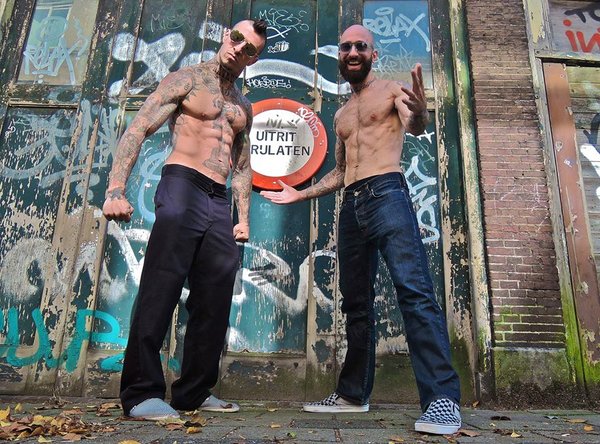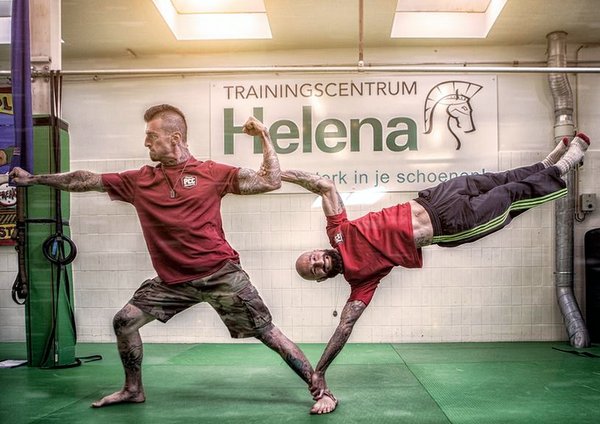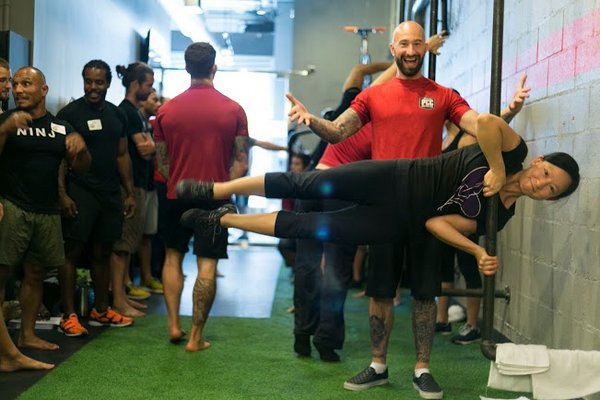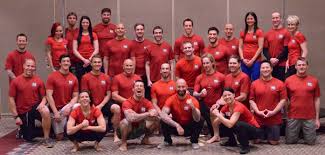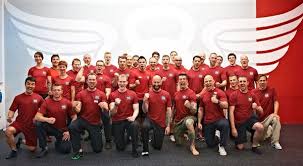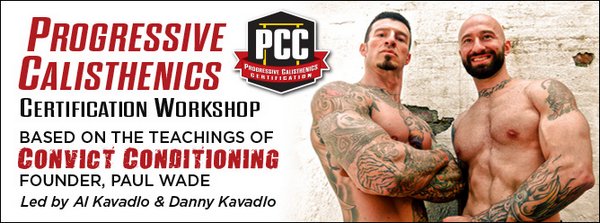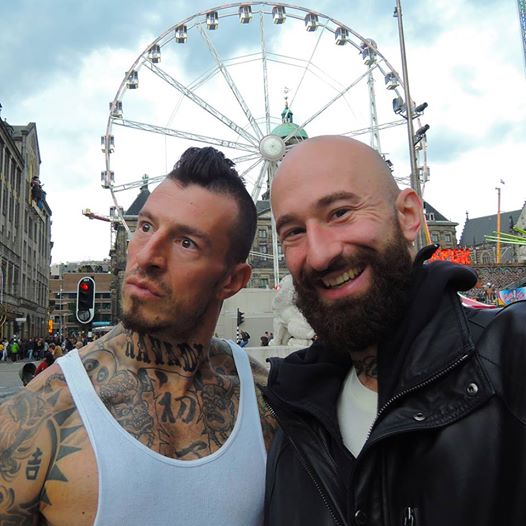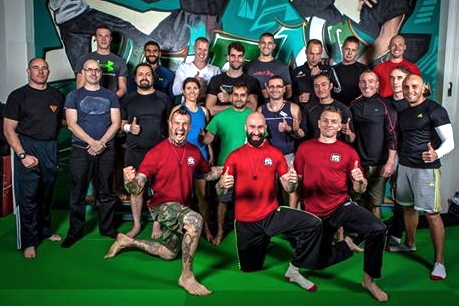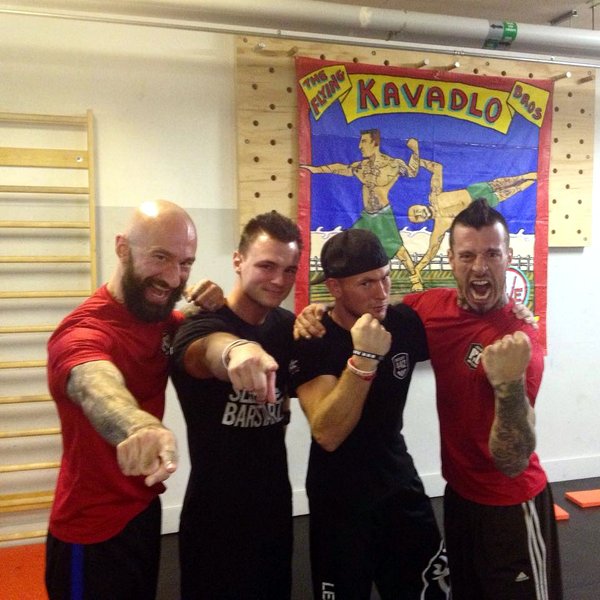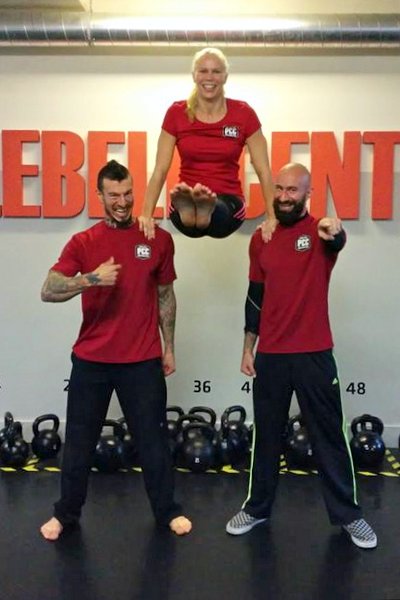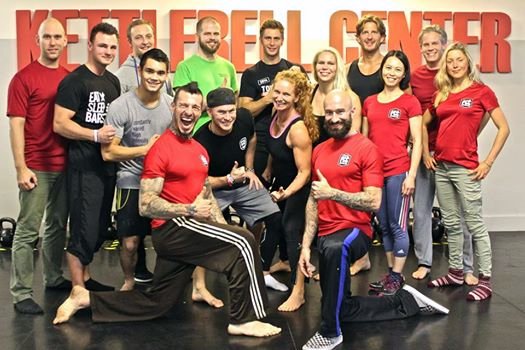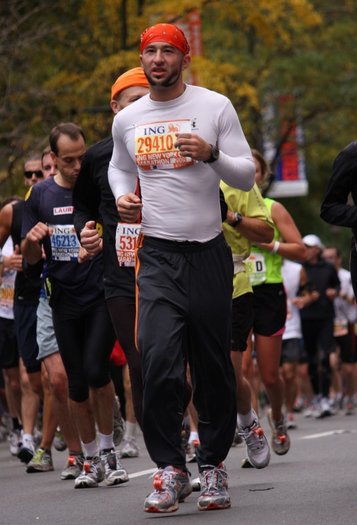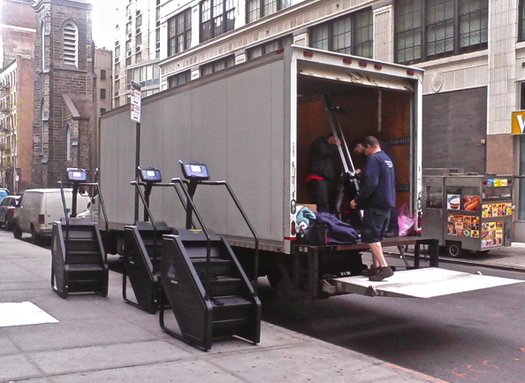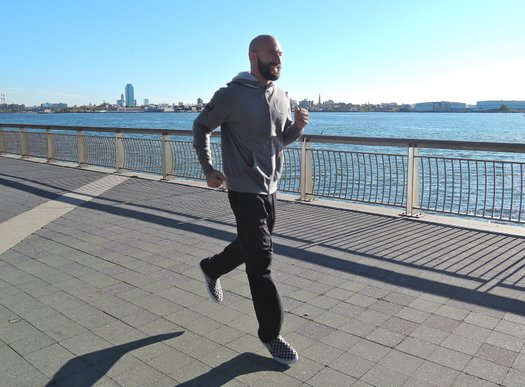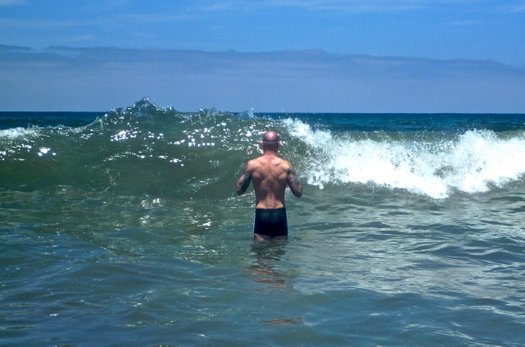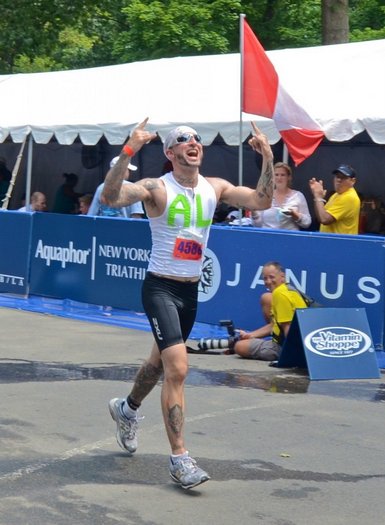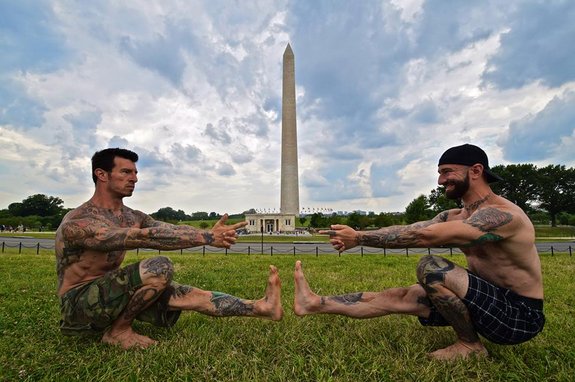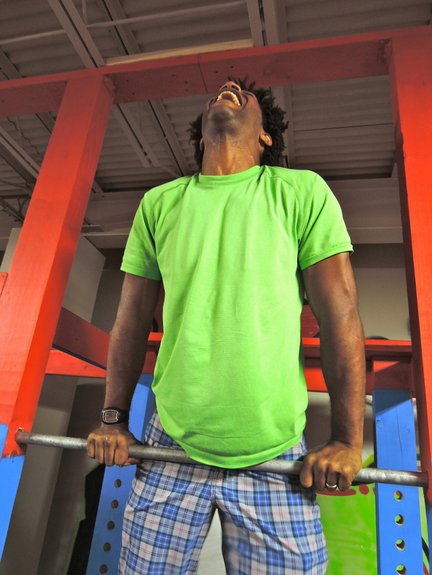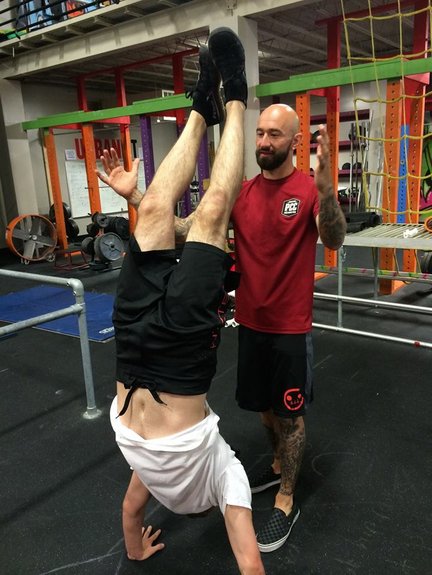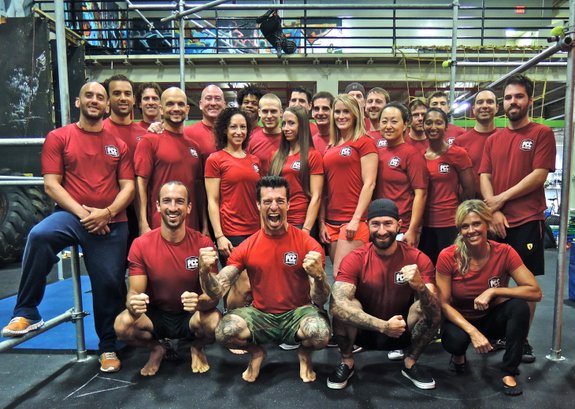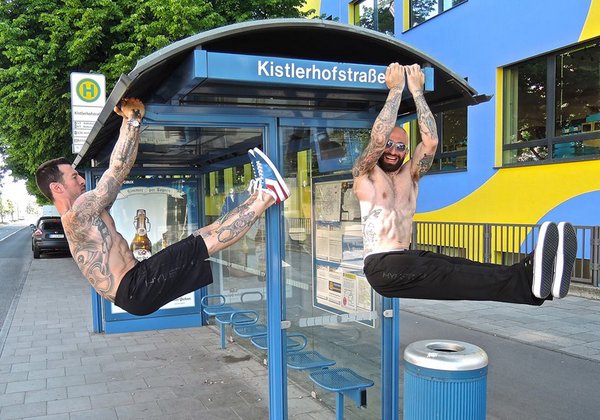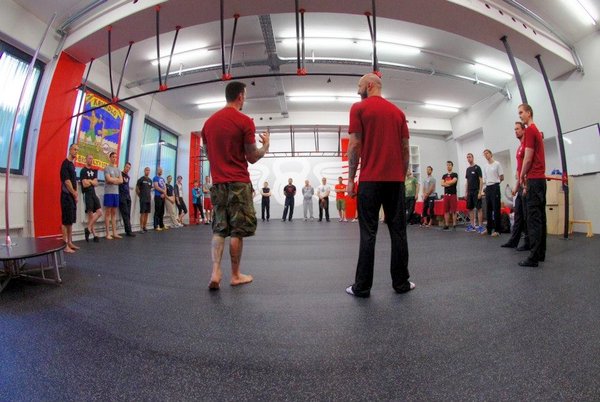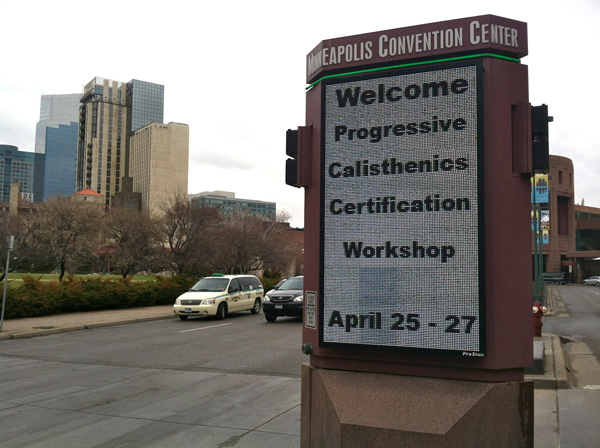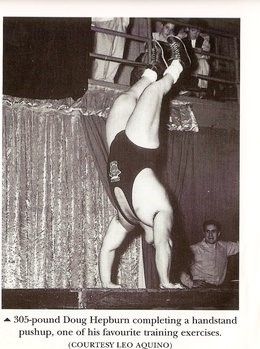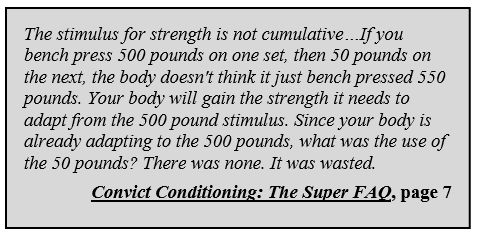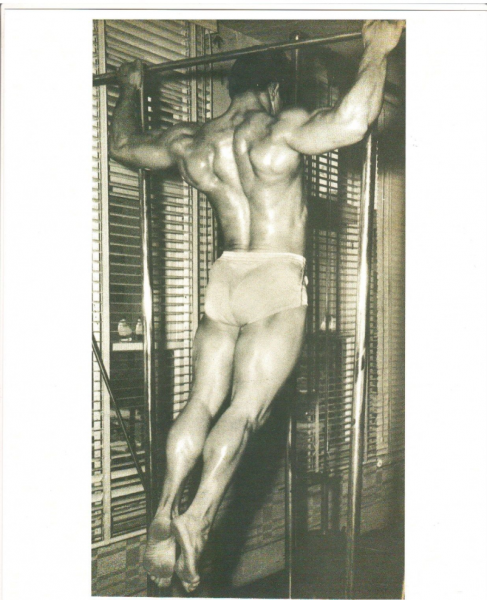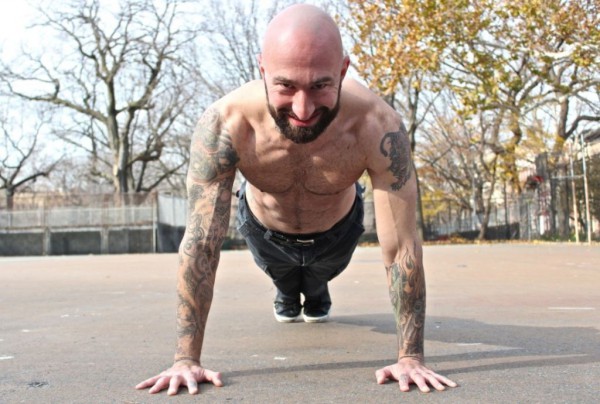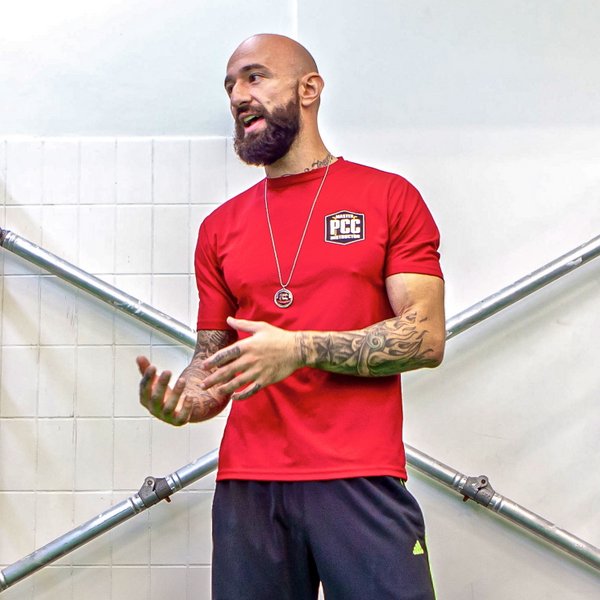
Back in the day, I practiced Zazen for a period, including a painfully exquisite five-day retreat. The beginning meditative practice was to count the soft inhales and exhales, with attention at the nostrils. Counting up to ten breaths. Then starting over. When you failed to stay fully attentive to ten breaths in a row, you would go back and…start over. For hours per day…Very challenging indeed, yet finally very rewarding.
And how does sitting like this, completely immobile, counting your breath hour after hour, relate to calisthenics?
It has to do with two breath-related words: aspire and inspire.
Two of the most powerful keys to successful physical cultivation are mastery of the breath and mastery of attentiveness. The word aspire translates simply as to breathe. However, aspire has evolved to mean to dream of, yearn for or set one’s heart on. Thus the meditative Zazen practice of counting breaths becomes an aspirational activity. We breathe consciously as we aspire to greater heights. The final height is known as enlightenment, be it achieved suddenly or gradually.
When we practice calisthenics (“beautiful movement”), we ideally engage in a Zazen-like, aspirational discipline—refining ourselves by extreme attentiveness to every subtle nuance. We enlighten our bodies as we enlighten ourselves mentally and spiritually. There is no division, no separation as we practice in the conscious moment.
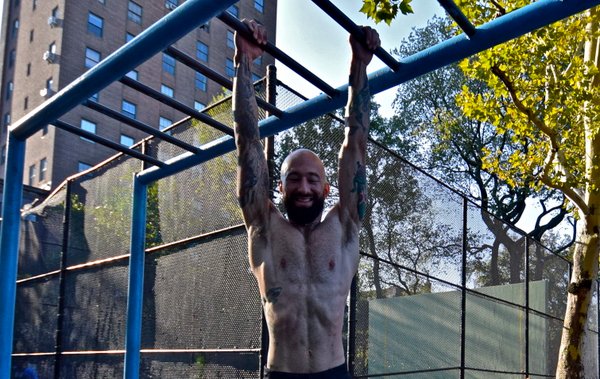
In this context, Al Kavadlo’s new title Zen Mind, Strong Body is aspirational in its intent and message. A longtime proponent of conscious practice in bodyweight exercise, Al Kavadlo is a perfect exemplar of how that attentiveness can pay off in real-world results. Al aspired to climb dizzy heights as a physical culturist—and has succeeded both in form and function. You just have to look at his photographs to see a perfect marriage of elegant, symmetrical physique and athletic accomplishment.
Another quality of the dedicated aspirant to physical supremacy is that they are consistent and persistent—harking back to that relentless attentiveness to the breath, hour after hour, day after day, week after week, month after month, year after year… Like the maestro of calisthenic maestros, Paul Wade, Al gets how crucial it is to be patiently progressive in your physical development.
Fools rush in to “tougher and harder” before they are ready—and get hurt, often badly. Amateurs are haphazard and intermittent in their practice—and spin their wheels going nowhere slowly. The remedy? Aspire to attentive, dedicated, progressive practice—as Al so handsomely describes and exemplifies in the pages of Zen Mind, Strong Body.
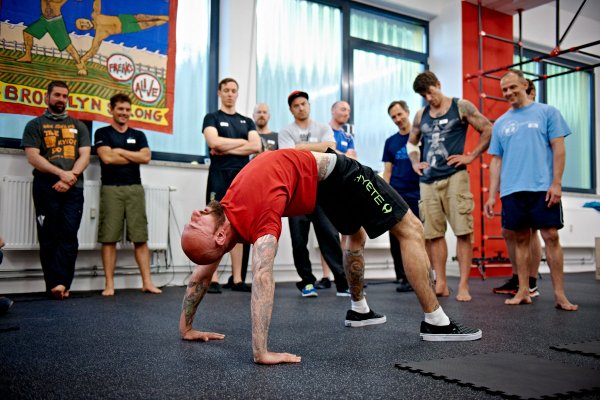
When I studied at an ashram in India, my avowed intent was to “get enlightened”. Well, I can’t say I achieved enlightenment, in the classic sense of that attainment, however I sure “lightened up.” 🙂 Which is another key to successful physical cultivation, according to Grandmaster Al…a fun-loving, light-hearted, flexible spirit does absolute wonders for your longevity as a progressive calisthenics practitioner. If you want to succeed both big-time and long-term then: lighten up! There is a reason you’ll see Al smiling in pretty well every pose and movement, however difficult: a happy face translates into hard—and sustainable—gains. So, wipe that scowl off your face, buddy—grimaces aren’t going to help you get stronger, just more uptight. Rigidity and over-seriousness toll the death knell for your strength aspirations. Relax, smile—and practice “enlightened calisthenics” instead…
So, for me, much of the value in Al’s Zen Mind, Strong Body is that it will help you get your practice mindset straight. The novice practitioner can save himself a world of grief and poor results by adopting Al’s Zen of enlightened calisthenics. More advanced culturists can use Zen Mind, Strong Body as a mirror—to check if they are on track, or need a course correction or two…
What did Jimi Hendrix say? “Excuse me, while I kiss the sky…”—an inspirational paean if ever there was one…. Which brings me to another important value to absorbing Zen Mind, Strong Body: to be inspired.
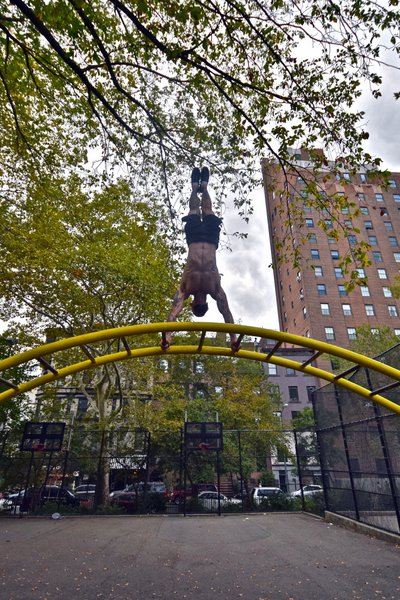
Inspire referred originally to the act of breathing or blowing into—with spiritual connotations of higher truth being transmitted. Now, inspiration refers to the urge to do something especially creative or the ability to animate others to transcend their current limitations.
Al is flat-out an inspirational being, whether it be in person, as an author or when leading a calisthenics workshop.
Al is inspirational because his story is one of triumphing physically as the result of diligent, attentive practice—rather than because he was some super-stud athlete as a kid who never really had to work to be as strong as he is. Inspirational message: if Al can do it, so can you and here’s how…
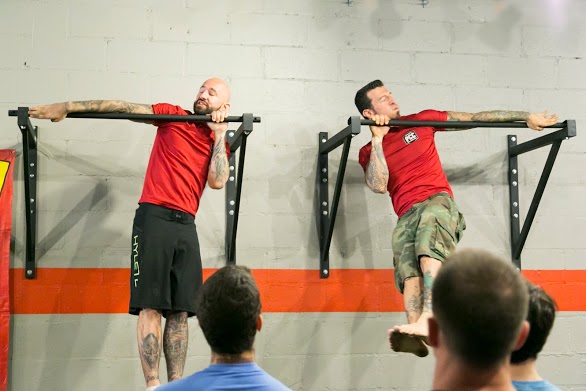
Al is inspirational in his books, through the sheer creativity and wealth of fun flamboyance he brings to the show. And I do mean show. Who on earth needs another pedestrian, me-too, by-the-numbers exercise book? No thank you! Al entertains us with a new and exciting spin that ignites us to jump into action and make stuff happen… He additionally inspires with a stripped-down, nuts-and-bolts approach to the methodologies and exercises he advocates.
The Zen Way of Strength places an emphasis on direct experience and listening to your own body as the most powerful forces to employ on your behalf in the ongoing game of physical culture. This too is an inspirational message: trust yourself, be instinctive and—with discipline—you can achieve anything you want…again, Al is the perfect example.
Those of you fortunate enough to have attended a PCC can attest to how inspirational Al is a leader with his brother Danny Kavadlo. Talk about getting fired up! Whatever inspiration can be had from the books, is ten-timed at a PCC… There are those who hide their relative physical ineptitude behind a carefully-constructed façade. Not so Al Kavadlo. What you see is what you get and what you get is pretty darn inspirational. If you want to experience “enlightened calisthenics” in action, you most certainly will at a PCC. Hope to see you there soon!
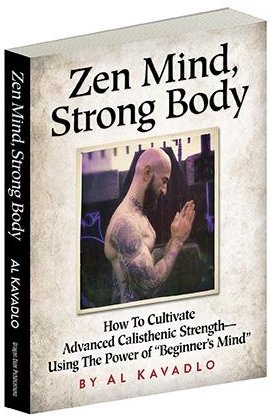 Now available from Dragon Door Publications:
Now available from Dragon Door Publications:
Zen Mind, Strong Body
How to Cultivate Advanced Calisthenic Strength—Using the Power of “Beginner’s Mind”
By Al Kavadlo
